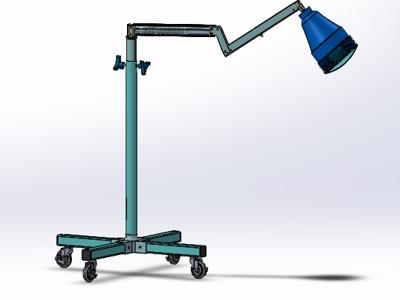Phototherapy is a therapeutic method based on special equipment, able to artificially repeat UV rays and to simulate the benefits of sun light for treating and preventing some diseases. Different types of phototherapy are available and these use different light wave lengths, expressed in nanometers (nm). An application of phototherapy is in pediatric field. High levels of bilirubin (over than 20 mg/dl) cause a yellowish discoloration of some parts of newborn bodies (skin and sclera, the white part of the eyes). This disease is called “jaundice” and it is a very common problem that occurs in over 50% of children in the first week after birth. Neonatal jaundice tends to develop because of two factors: the breakdown of fetal hemoglobin as it is replaced with adult hemoglobin and the relatively immature metabolic pathways of the liver, which are unable to conjugate and so excrete bilirubin as quickly as an adult. This causes an accumulation of the bilirubin in the blood, leading to the symptoms of jaundice. The actual phototherapy involves a specific frequency of blue light, applied with overhead lamps, or which a device called “Biliblanket”, which sits under the baby’s clothing, close to his skin. Light-emitting diode (LED) lights are found in most newer phototherapy units. Advantages include
low power consumption, low heat production, and a much longer life span of the light-emitting units compared with older light sources. Blue LED lights have a narrow spectral band of high-intensity light that overlaps the absorption spectrum of bilirubin. The efficacy of LED lights in reducing total bilirubin levels is comparable to that of conventional light sources. Double" and "triple" phototherapy, which implies the concurrent use of 2 or 3 phototherapy units to treat the same patient, has often been used in the treatment of infants with very high levels of serum bilirubin. The aim of this project is to focus on pediatric phototherapy, to cure neonatal jaundice.

Medical tags
- Clinical need
- Non-surgical therapy / Administration of drugs
- Area
- Pediatrics
- Technology
- Laboratory equipment
- Project keywords
- Phototherapy-Children-Jaundice-LED-4 DOFs portable device
- Device classification
- IIb